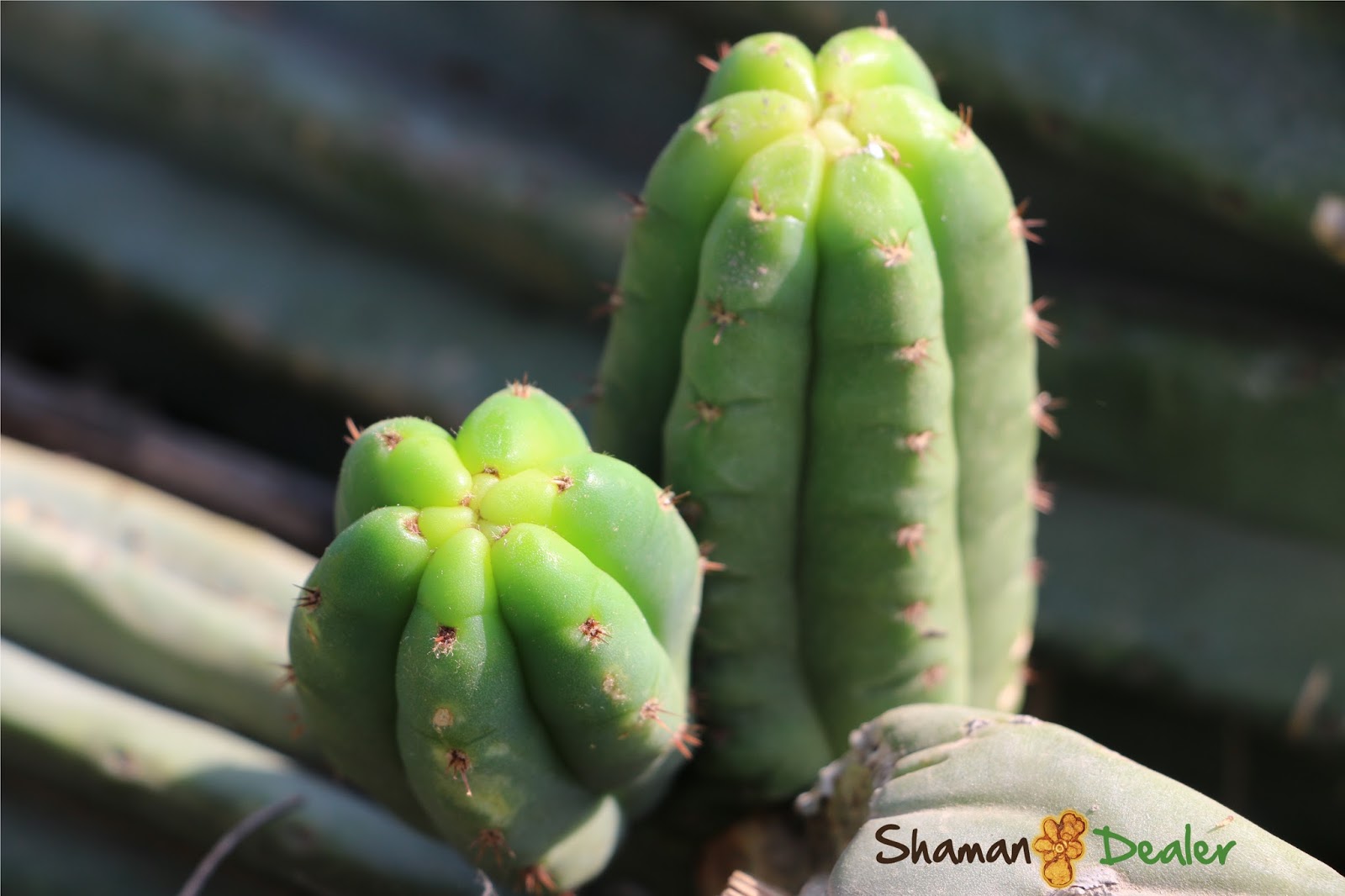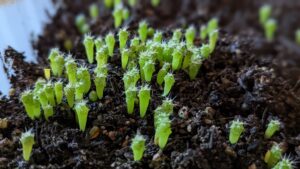San Pedro cactus, known scientifically as Echinopsis pachanoi, is a fascinating plant native to the Andean Mountain region of South America. Renowned for its psychoactive properties and ornamental beauty, San Pedro has garnered attention not only for its traditional use in spiritual rituals but also for its appeal as a unique addition to home gardens. Growing this resilient cactus from seeds can be a rewarding journey full of intricate processes. This guide will delve into the essentials of cultivating San Pedro cactus from seed, covering the prerequisites, methods, and aftercare associated with this endeavor.
To begin with, obtaining high-quality seeds is crucial. When shopping for San Pedro seeds, opt for reputable suppliers. They should guarantee freshness and purity, ensuring that your seeds are viable and free from contamination. This initial step sets the foundation for a successful germination process.
San Pedro seeds are quite small, resembling tiny specks. Their germination requires specific conditions to spur growth effectively. Ideal temperatures range from 70°F to 85°F (21°C to 30°C). A warmth mat can assist in maintaining these temperatures, especially in cooler environments. Moreover, humidity plays a pivotal role. A humidity dome can create the perfect microclimate that allows seeds to flourish while minimizing the risk of mold.
Another vital factor to consider is the soil composition. San Pedro thrives in well-draining, sandy substrates. A cactus mix is often ideal, enriched with perlite or coarse sand to facilitate drainage. Avoiding heavy soils will prevent root rot, which can be detrimental to the fledgling cactus.
Once the soil is prepared, plant the seeds at a shallow depth; a light sprinkling of substrate over the seeds will suffice. This layer should only be a few millimeters thick, as excess cover can thwart the germination process. Moisten the soil gently, ensuring it is moist but not saturated. A spray bottle works well for this purpose, as it can hydrate the soil without displacing the seeds.
Patience is key during germination, which can take anywhere from one to three weeks. It’s vital to monitor the conditions regularly. Ensure that light levels are sufficient, as San Pedro seeds require bright, indirect light to encourage robust growth. Full sun exposure can be harsh, so it’s important to strike a balance to avoid scorching the delicate seedlings.
When seedlings emerge, usually appearing as tiny green knobbly structures, their care begins. At this stage, providing adequate light is essential. A grow light can be utilized to simulate the required light spectrum for optimal growth. The young cacti will benefit from around 12 to 16 hours of light daily. This controlled environment is key for their early development.
Once seedlings develop true leaves and assume a stronger form, it becomes possible to acclimatize them to harsher conditions. Gradually expose them to direct sunlight, increasing the duration incrementally over a period of days or weeks, without overwhelming them.
Watering practices require attention as well. Seedlings should be watered sparingly; it’s crucial to allow the substrate to dry out between watering sessions. Overwatering is the enemy of San Pedro, leading to fungal infections or rot. A rule of thumb is to allow the top inch of soil to dry out before reintroducing moisture.
As the seedlings grow, transferring them to individual pots will encourage further development. When transplanting, minimize root disturbance to maintain health while ensuring they continue to thrive. Ideally, use pots made from breathable materials like terracotta, as they enhance drainage and promote a healthy root system.
Fertilization is another aspect worth discussing. At the appropriate growth stage, typically around six months after germination, a diluted cactus fertilizer can be introduced. This will provide essential nutrients that are often lacking in standard growing mediums, allowing the cacti to grow stronger and healthier.
As seedlings mature, expectations regarding their eventual size should be set realistically. San Pedro cacti are known for reaching considerable heights over time, some growing up to 20 feet tall. This growth demands ample space and time; thus, they should ideally remain in a controlled outdoor environment where they can soak up the bright sunlight and low humidity found in their native habitats.
Consider potential pests and diseases that may affect your San Pedro cactus. Regular inspections can help catch infestations early. Be on the lookout for common pests like aphids and mealybugs, which may necessitate insecticidal soap or natural remedies to eradicate effectively.
Finally, it’s imperative to embrace the long-term nature of this process. Cultivating San Pedro from seed to flowering cactus is not an immediate gratification endeavor. Rather, it invites a deep appreciation for nature’s cyclical rhythms as one undertakes this horticultural journey. The dedication to nurturing these cacti embodies the spirit of patience and reverence inherent in growing this remarkable plant.
In conclusion, growing San Pedro cactus from seeds is an intricate process that offers extensive rewards. From careful selection of seeds to attentive watering practices, each phase holds its unique challenges and achievements. By adhering to these guidelines, enthusiasts can cultivate healthy San Pedro cacti that not only beautify their spaces but also encapsulate the rich cultural heritage and ecological significance of this extraordinary species.





Leave a Comment